Discovery Of The Least ‘Metallic’ Stellar Structure In The Milky Way
Eddie Gonzales Jr. – MessageToEagle.com – The sun is made up of 98.5% hydrogen and helium, two light chemical elements, while the remaining 1.5% consists of other, heavier elements such as carbon, oxygen, and iron. The abundance of heavier elements in a star is called its metallicity, and varies from star to star.
Distribution of very dense groups of stars in the Milky Way, called globular clusters, superimposed on a map of the Milky Way compiled from data obtained with the Gaia Space Observatory. Each dot represents a cluster of a few thousand to several million stars, as in the insert image of the Messier 10 cluster. The color of the dots shows their metallicity, in other words, their abundance of heavy elements relative to the Sun. The C-19 stars are indicated by the light blue symbols. Credit: N. Martin / Strasbourg Astronomical Observatory / CNRS; Canada-France-Hawaii Telescope / Coelum; ESA / Gaia / DPAC
It now turns out that the Milky Way is home to a stellar structure uniquely comprising stars with extremely low metallicity, with a heavy element content 2,500 times lower than that of the sun. This is well below that of any other known stellar structure in the universe.
This discovery, made by an international team led by a CNRS researcher at the Strasbourg Astronomical Observatory (CNRS / University of Strasbourg), and involving scientists from the Galaxies, Stars, Physics and Instrumentation Laboratory (Paris Observatory—PSL / CNRS) and at the J-L Lagrange Laboratory (CNRS / Côte d’Azur Observatory), is published on January 5, 2022 in the journal Nature.
This group of stars all belongs to a stellar structure in the Milky Way called C-19. Not only does this discovery challenge our current understanding and models of the formation of these stellar groupings, which exclude the existence of structures composed only of such stars, it also opens a direct window to the very earliest ages of star formation and the development of stellar structures in the very distant past.
Since heavy elements were produced by successive generations of massive stars, the low metallicity of the C-19 stars shows that they were formed only a short time after the birth of the universe.
Written by Eddie Gonzales Jr. – MessageToEagle.com Staff
Related Posts
-
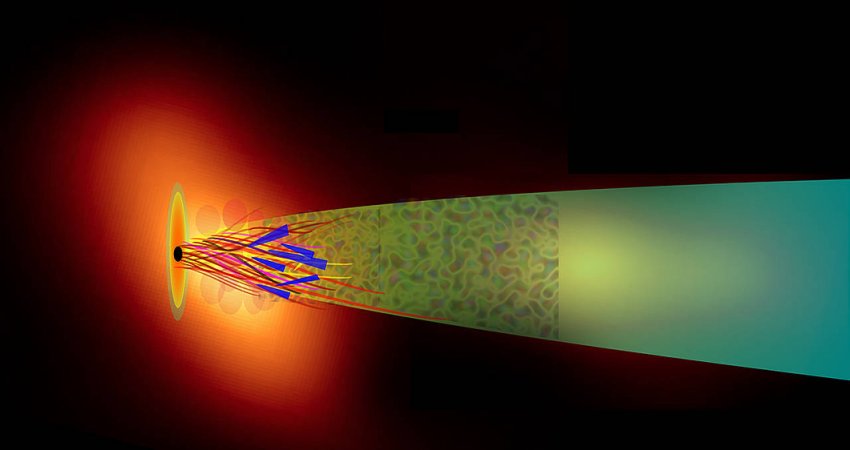 Black Hole’s Powerful Jet Is Powered By Magnetic Flux – New Study
No Comments | Aug 22, 2020
Black Hole’s Powerful Jet Is Powered By Magnetic Flux – New Study
No Comments | Aug 22, 2020 -
 Some Asteroids ‘Aged Early’ By Sun, NASA Finds
No Comments | Jul 25, 2022
Some Asteroids ‘Aged Early’ By Sun, NASA Finds
No Comments | Jul 25, 2022 -
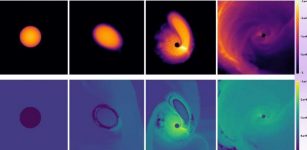 ‘Zombie’ Star Could Reignite In Close Encounter With Elusive IMBH
No Comments | Oct 31, 2018
‘Zombie’ Star Could Reignite In Close Encounter With Elusive IMBH
No Comments | Oct 31, 2018 -
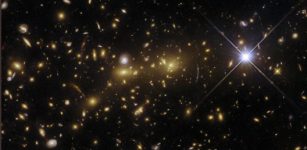 Hubble Views a Cosmic Monster
No Comments | Jul 15, 2023
Hubble Views a Cosmic Monster
No Comments | Jul 15, 2023 -
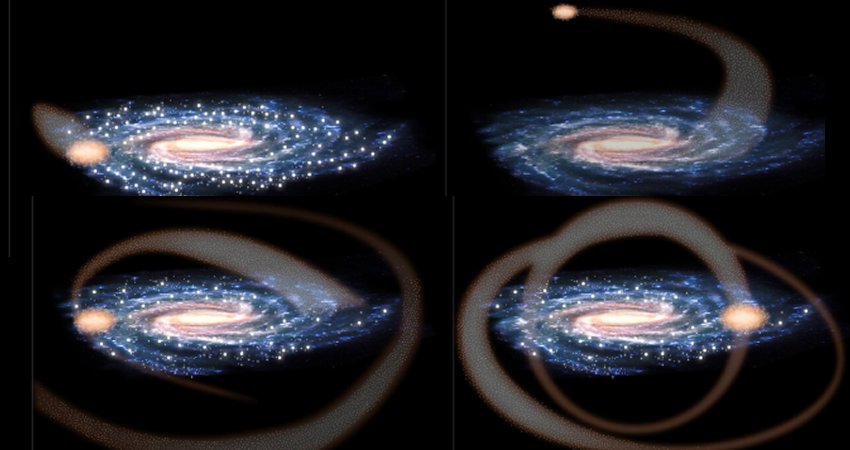 Collision Between The Milky Way And Sagittarius May Have Triggered Solar System Formation
No Comments | May 26, 2020
Collision Between The Milky Way And Sagittarius May Have Triggered Solar System Formation
No Comments | May 26, 2020 -
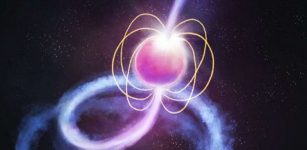 Dense Spinning Dead Star Discovered By Outback Radio Telescope In Australia
No Comments | Apr 26, 2021
Dense Spinning Dead Star Discovered By Outback Radio Telescope In Australia
No Comments | Apr 26, 2021 -
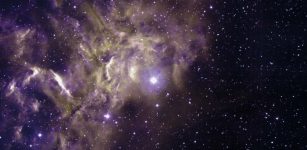 Several Unknown Signals From Far Beyond Our Galaxy Detected By Astronomers
No Comments | Dec 25, 2016
Several Unknown Signals From Far Beyond Our Galaxy Detected By Astronomers
No Comments | Dec 25, 2016 -
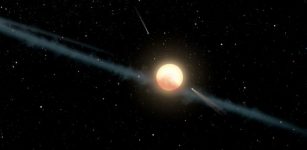 Tabby’s Star: New Explanation On Strange Dimming Behavior
No Comments | Sep 17, 2019
Tabby’s Star: New Explanation On Strange Dimming Behavior
No Comments | Sep 17, 2019 -
 Our Sun Does Not Originate From M 67
No Comments | May 5, 2012
Our Sun Does Not Originate From M 67
No Comments | May 5, 2012 -
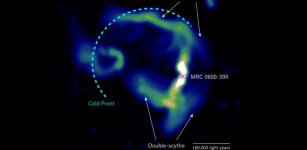 New Observation: Plasma Jets Reveal Magnetic Fields Far, Far Away
No Comments | Jun 4, 2021
New Observation: Plasma Jets Reveal Magnetic Fields Far, Far Away
No Comments | Jun 4, 2021

